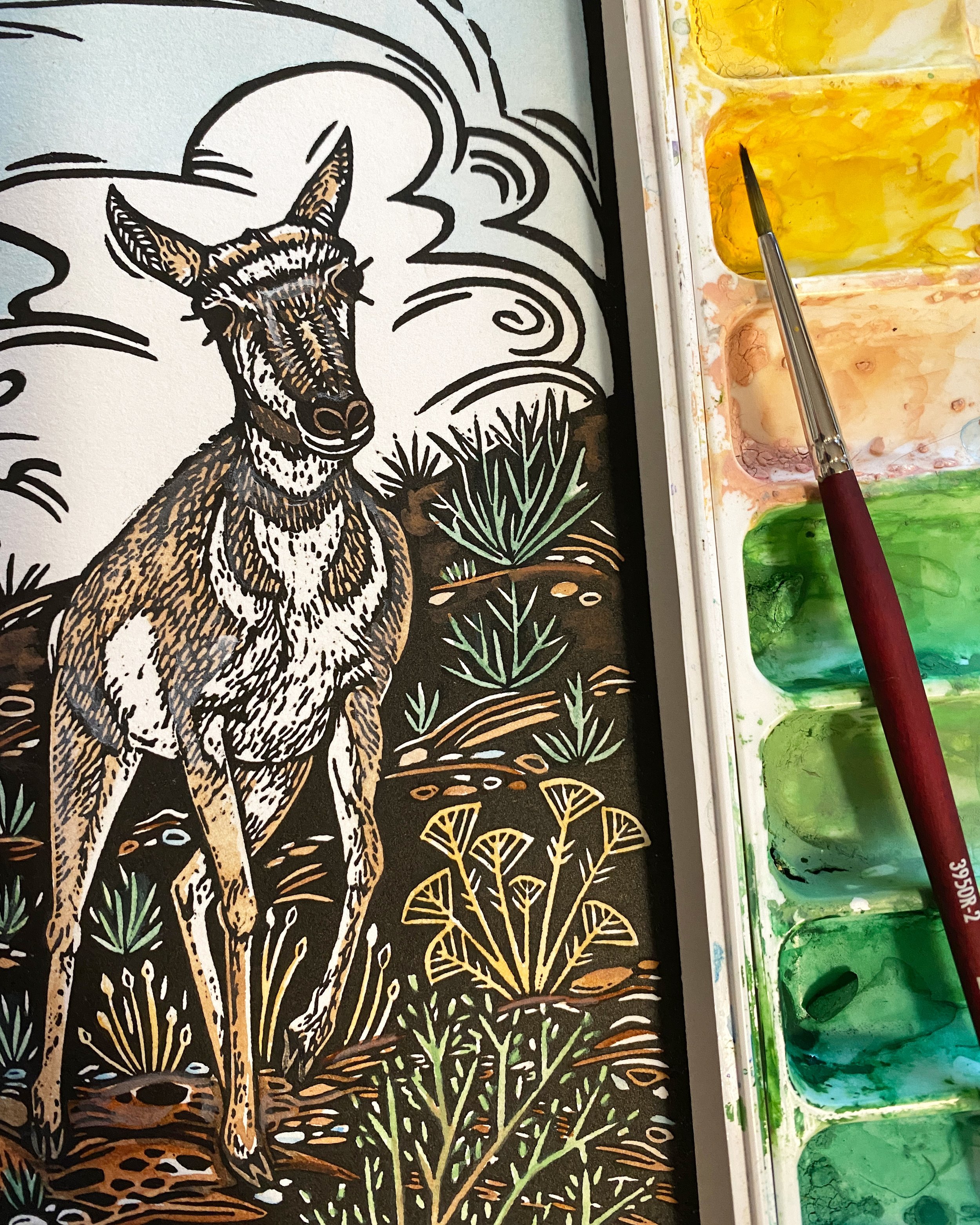When I was a kid in Laramie Wyoming in the 1970s and 80s, one of the coolest adults around was my dad’s colleague at the University of Wyoming, Hank Harlow. Hank wasn’t afraid of rattlesnakes, bats or badgers, and he had many display cabinets full of animal skulls and other weird things in his house. He was very laid back, funny, and a great storyteller. Having Hank along on a camping trip was better than watching Mutual of Omaha's Wild Kingdom.
Hank is now retired from the University of Wyoming’s Department of Zoology and Physiology where he taught for 32 years. He was also the director of the University of Wyoming National Park Service Research Station in Grand Teton National Park for 20 years. This Research Station sits near the stunning Teton Mountain Range and in the summer hosts scientists, students and creatives to promote research, artistic and cultural activities in the Greater Yellowstone Ecosystem.
Hank has done groundbreaking research with different bear species and Komodo dragons, among other animals. He has crawled into active bear dens and baited 150 pound Komodo dragons to chase him, all in the name of science. He is interested in how animals’ bodies are adapted to specific situations and if those findings might be able to improve the lives of humans. Bears hibernate without loosing much muscle strength, could that help people confined to bed or during long space flight? Understanding the physiology of bears may also help improve human cardiovascular disease, kidney failure, obesity and bone loss.
Hank is a dedicated researcher, and also a fantastic teacher. He was awarded one of UW’s highest honors, the George Duke Humphrey Award in 2012. He can explain complicated ideas in an understandable way that might even leave you chuckling. When I asked Hank to write down some of his experiences for me, he shared the story of the first time he entered the den of a hibernating black bear. Check out next week’s post to read that story!
To go with Hank’s story, I thought I’d create a black bear peacefully dreaming in his den, long before Hank ever arrived on the scene.
Above is my carved 9 x 9 inch linocut block with added hibernating worms, a chipmunk, and a tiny curled up mouse. Next, I inked the block with black, and then painted the final print with gouache. Gouache is a lot like watercolor, but with richer, more opaque colors.
I titled this piece Winter Sleep, even though Hank made it clear that hibernation is very different from sleep. I guess ‘hibernation’ just doesn’t have the same poetic ring to it. Check out Hank’s description of hibernation in next week’s post, and learn what happened as he was trying to squeeze past the bear and out to safety!






